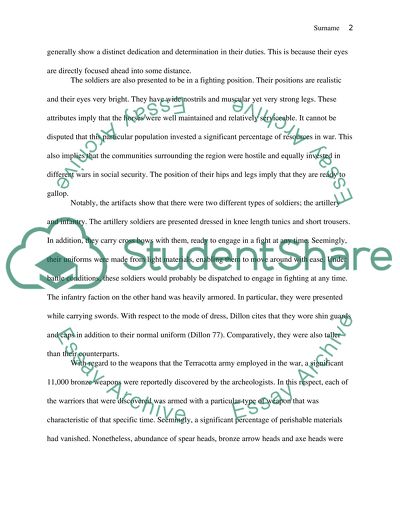Cite this document
(“Terracotta Army Essay Example | Topics and Well Written Essays - 1750 words”, n.d.)
Retrieved from https://studentshare.org/archaeology/1446897-terracotta-army
Retrieved from https://studentshare.org/archaeology/1446897-terracotta-army
(Terracotta Army Essay Example | Topics and Well Written Essays - 1750 Words)
https://studentshare.org/archaeology/1446897-terracotta-army.
https://studentshare.org/archaeology/1446897-terracotta-army.
“Terracotta Army Essay Example | Topics and Well Written Essays - 1750 Words”, n.d. https://studentshare.org/archaeology/1446897-terracotta-army.


